The library d3graph will build a force-directed d3-graph from within python. You can "break" the network based on the edge weight, and hover over the nodes for more information. Double click on a node will focus on the node and its connected edges.
pip install d3graph
Example:
source = ['node A','node F','node B','node B','node B','node A','node C','node Z']
target = ['node F','node B','node J','node F','node F','node M','node M','node A']
weight = [5.56, 0.5, 0.64, 0.23, 0.9,3.28,0.5,0.45]
# Import library
from d3graph import d3graph, vec2adjmat
# Convert to adjacency matrix
adjmat = vec2adjmat(source, target, weight=weight)
print(adjmat)
# target node A node B node F node J node M node C node Z
# source
# node A 0.00 0.0 5.56 0.00 3.28 0.0 0.0
# node B 0.00 0.0 1.13 0.64 0.00 0.0 0.0
# node F 0.00 0.5 0.00 0.00 0.00 0.0 0.0
# node J 0.00 0.0 0.00 0.00 0.00 0.0 0.0
# node M 0.00 0.0 0.00 0.00 0.00 0.0 0.0
# node C 0.00 0.0 0.00 0.00 0.50 0.0 0.0
# node Z 0.45 0.0 0.00 0.00 0.00 0.0 0.0
# Example A: simple interactive network
out = d3graph(adjmat)
# Example B: Color nodes
out = d3graph(adjmat, node_color=adjmat.columns.values)
# Example C: include node size
node_size = [10,20,10,10,15,10,5]
out = d3graph(adjmat, node_color=adjmat.columns.values, node_size=node_size)
# Example D: include node-edge-size
out = d3graph(adjmat, node_color=adjmat.columns.values, node_size=node_size, node_size_edge=node_size[::-1], cmap='Set2')
# Example E: include node-edge color
out = d3graph(adjmat, node_color=adjmat.columns.values, node_size=node_size, node_size_edge=node_size[::-1], node_color_edge='#00FFFF')
# Example F: Change colormap
out = d3graph(adjmat, node_color=adjmat.columns.values, node_size=node_size, node_size_edge=node_size[::-1], node_color_edge='#00FFFF', cmap='Set2')
# Example H: Include directed links. Arrows are set from source -> target
out = d3graph(adjmat, node_color=adjmat.columns.values, node_size=node_size, node_size_edge=node_size[::-1], node_color_edge='#00FFFF', cmap='Set2', directed=True)

Interactive example from the titanic-case can be found here:
https://erdogant.github.io/docs/d3graph/titanic_example/index.html
https://erdogant.github.io/hnet/pages/html/Use%20Cases.html





